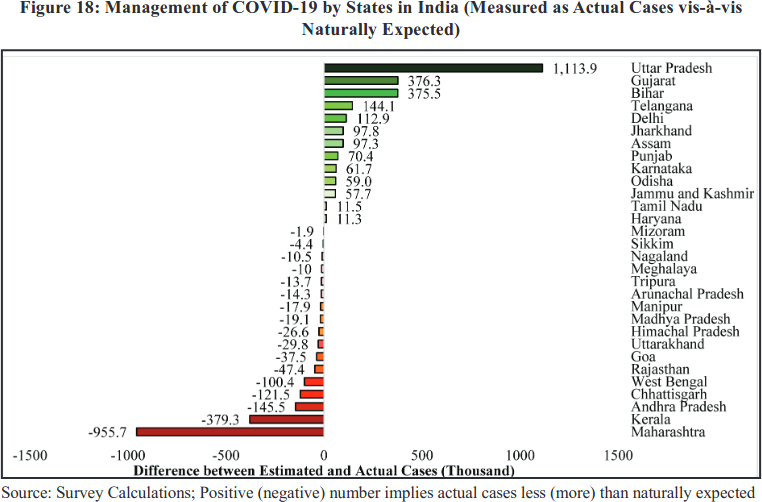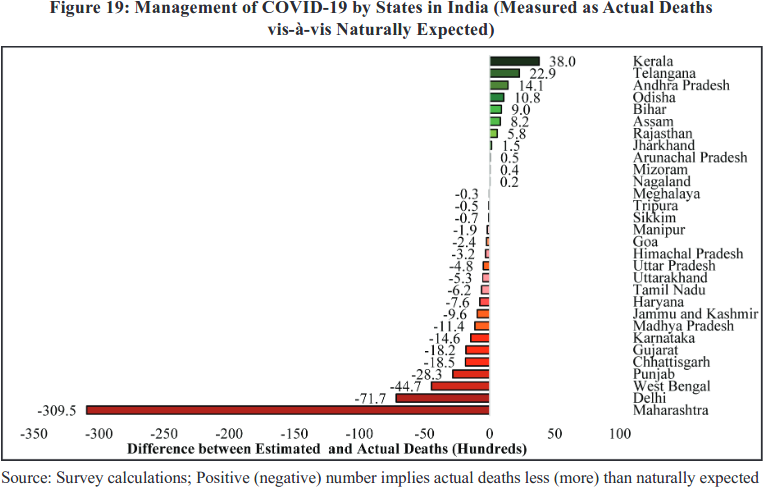
(1/4) Brief 🧵on Mumbai's all cause mortality and COVID-19 infection fatality rate (IFR). 2020 data shows a huge 24% rise in mortality over the previous 5 year average. That's about 22K extra deaths in 2020. Of these about 11K were recorded COVID deaths.
portal.mcgm.gov.in/irj/portal/ano…
portal.mcgm.gov.in/irj/portal/ano…
(2/4) We don't know exactly how many 2020 excess deaths were COVID deaths. These could range from the official 11K up to more than 22K, since there's evidence some kinds of mortality fell in 2020. Let's say COVID deaths in 2020 were between 11K and 24K.
(3/4) We don't know exactly how many infections occurred in 2020, but based on seroprevalence data and modelling, somewhere between 6.5M to 9M infections occurred in the city. That's between 50% and 70% of the population (~12.9M), if we assume reinfections were rare.
(4/4) We get estimates of COVID-19 IFR ranging from
- 0.12% (11K deaths, 9M infections) to
- 0.37% (24K deaths, 6.5M infections).
Taking median values (17.5K deaths, 7.75M infections) gives IFR=0.23%.
The values are largely consistent with age-stratified international data.
- 0.12% (11K deaths, 9M infections) to
- 0.37% (24K deaths, 6.5M infections).
Taking median values (17.5K deaths, 7.75M infections) gives IFR=0.23%.
The values are largely consistent with age-stratified international data.
• • •
Missing some Tweet in this thread? You can try to
force a refresh










